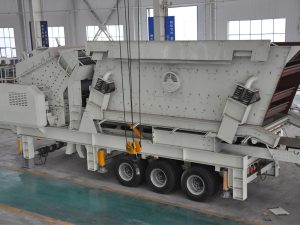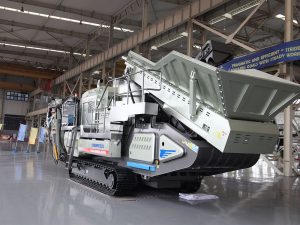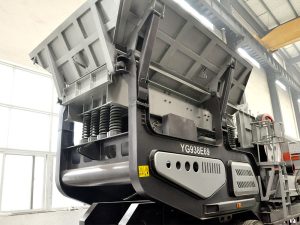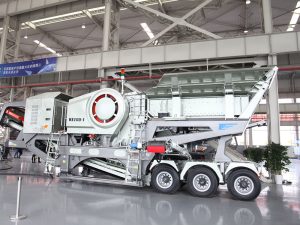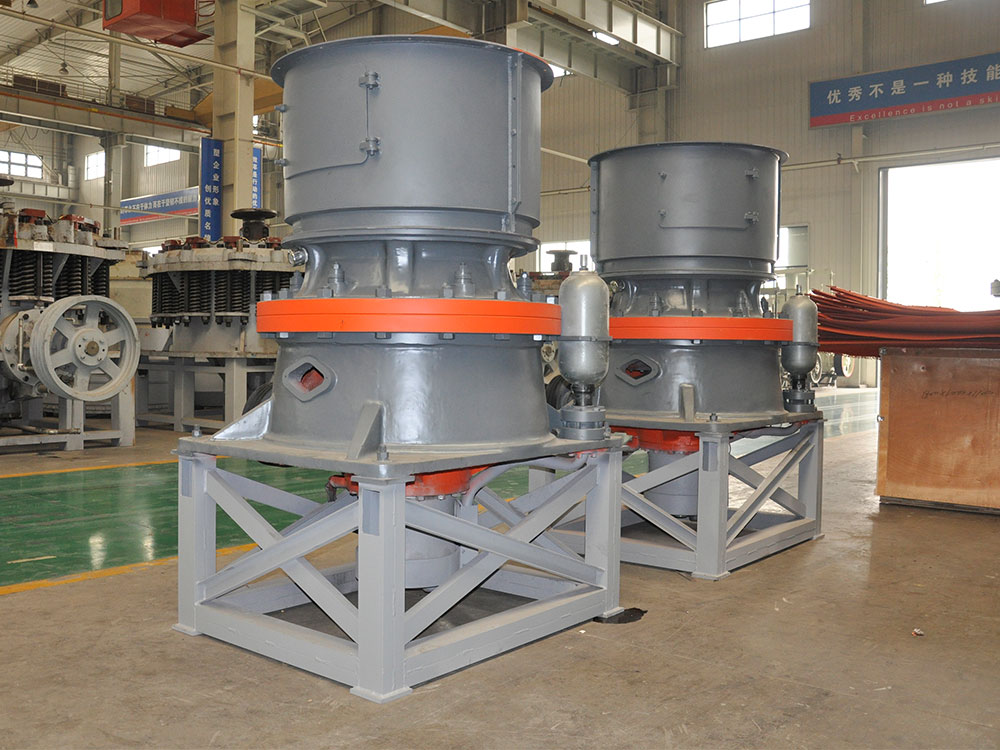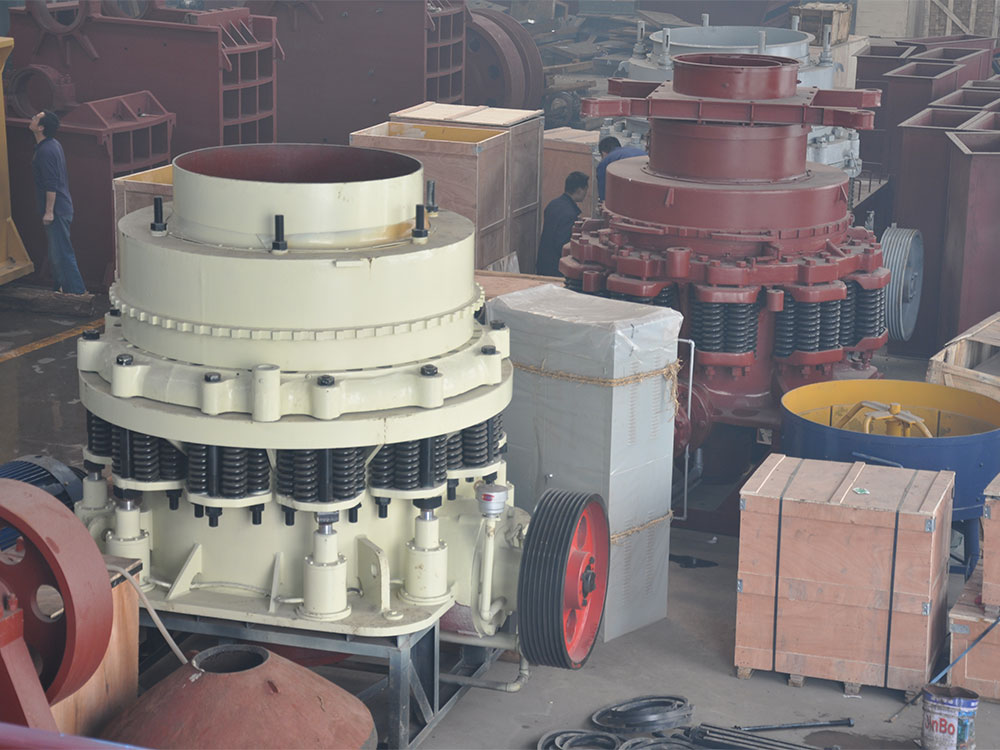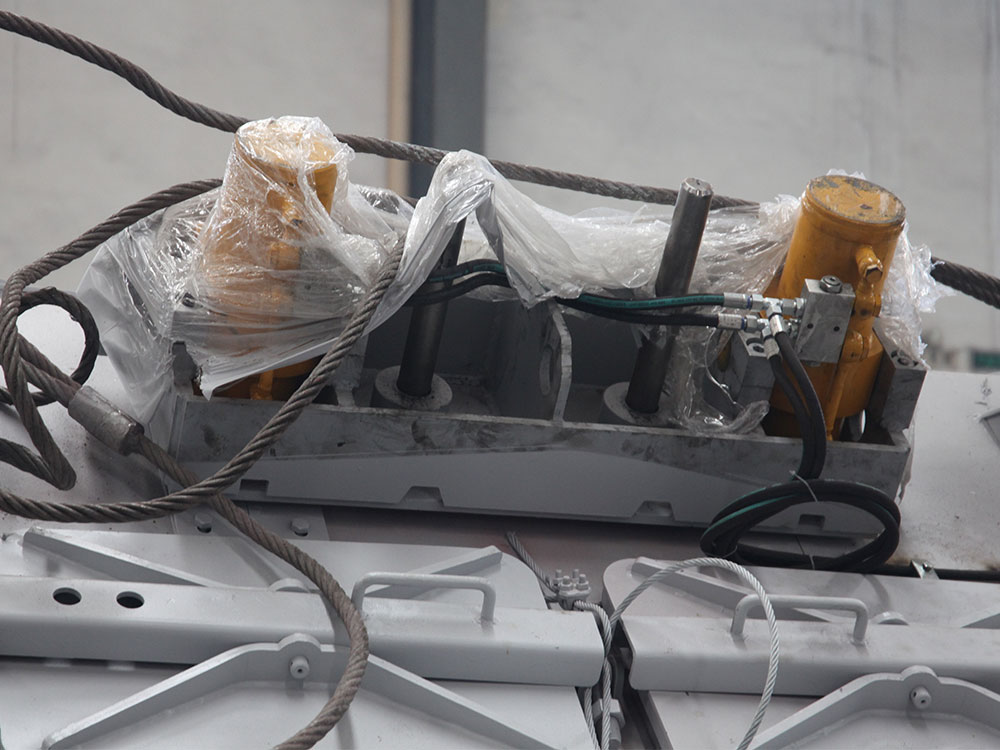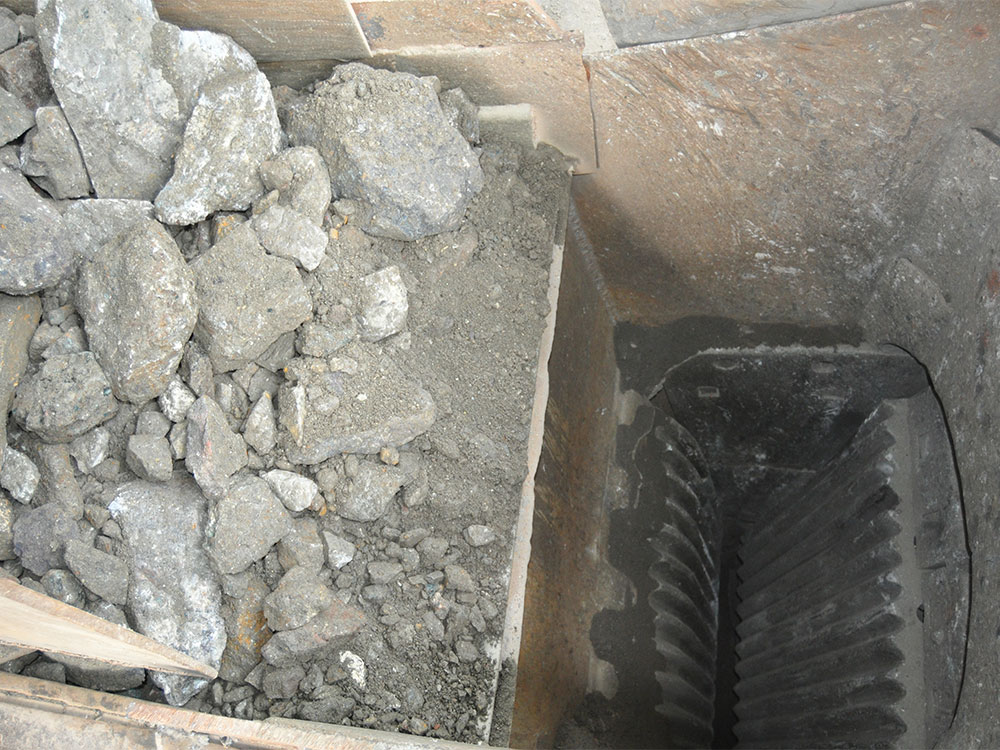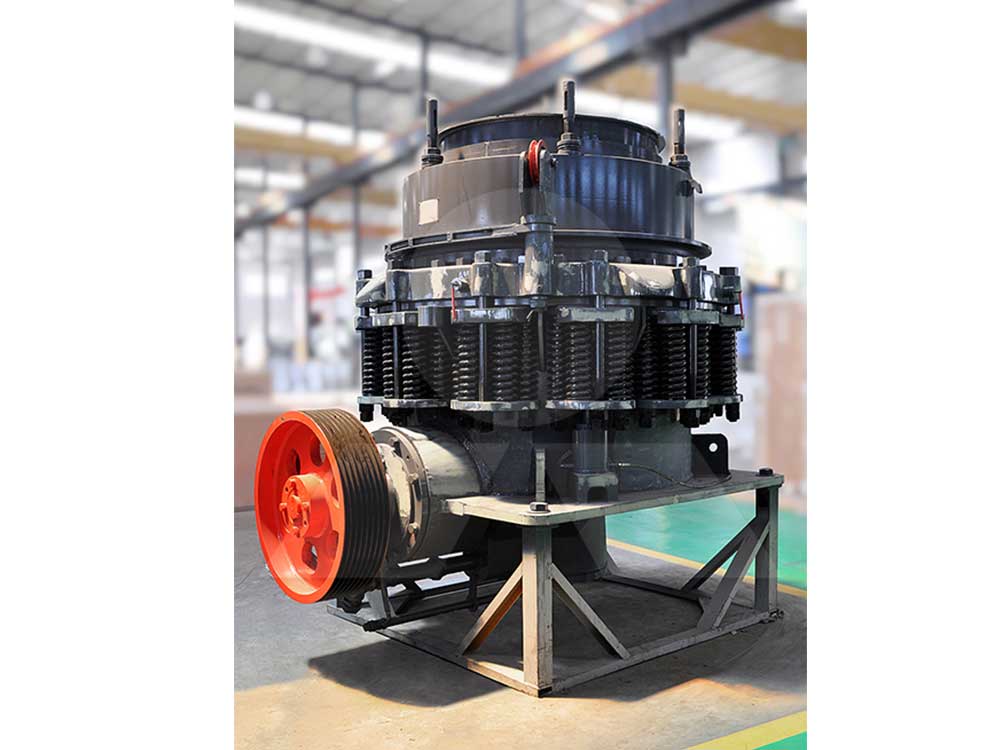In industries ranging from mining and construction to oil and gas, cone-shaped components are critical for equipment durability and operational efficiency. However, cone failure remains a persistent challenge, leading to costly downtime and safety risks. To address this, innovative solutions like Cone Crusher have emerged, offering actionable strategies to improve cone failure performance. This article explores how this product works, its technical specifications, and practical applications while sharing six proven tips to optimize cone reliability.
How Cone Crusher Works to Improve Cone Failure Performance
Cone Crusher is engineered to address the root causes of cone failure, such as material fatigue, uneven stress distribution, and environmental wear. By integrating advanced materials science with precision engineering, the product enhances structural integrity and extends the lifespan of cone-shaped components.
Key Mechanisms:
1. Stress Redistribution Technology: The product employs proprietary algorithms to model stress points, enabling redesigned cone geometries that minimize localized pressure.
2. High-Performance Coatings: A nano-ceramic layer is applied to reduce friction and resist corrosion, directly contributing to improved cone failure performance.
3. Real-Time Monitoring Integration: Embedded sensors provide data on temperature, vibration, and load, allowing predictive maintenance to avert catastrophic failures.
Applications: Where to Use Solutions That Enhance Cone Failure Resistance
Cone Crusher is versatile, addressing cone failure challenges across multiple industries. Below are key sectors benefiting from its implementation:
1. Mining and Mineral Processing
Crusher cones in mining operations face extreme abrasion. By adopting Cone Crusher, companies report a 30% reduction in wear rates, directly aligning with the goal to improve cone failure performance in high-stress environments.
2. Oil and Gas Drilling
Drill bits and valve cones exposed to corrosive fluids benefit from the product’s anti-corrosive coatings, ensuring reliability in harsh offshore conditions.
3. Construction Machinery
Hydraulic systems in excavators and bulldozers use cone valves that withstand fluctuating pressures. Cone Crusher’s stress redistribution extends component life by up to 40%.
Technical Specifications: Engineering Excellence for Optimal Cone Performance
Cone Crusher is designed with precision, incorporating features that ensure compatibility with industry standards.
Material Composition Tungsten Carbide + Nano-Ceramic
Max Operating Temp 1,200°C (2,192°F)
Load Capacity Up to 500 kN
Coating Thickness 50–200 μm
Compatibility ISO 9001, ASTM E384 Certified
These specifications make Cone Crusher a benchmark solution to improve cone failure performance across diverse operational conditions.
6 Tips to Improve Cone Failure Performance Using Cone Crusher
Tip 1: Optimize Material Selection for Cone Components
Not all materials withstand extreme conditions. Cone Crusher uses tungsten carbide alloys, which offer superior hardness and thermal stability. Pairing this with nano-ceramic coatings ensures resistance to both mechanical and chemical degradation.
Tip 2: Implement Predictive Maintenance Systems
Reactive repairs are costly. Cone Crusher’s integrated IoT sensors enable predictive analytics, identifying early signs of wear or misalignment. For example, a mining firm reduced unplanned downtime by 22% after adopting this system.
Tip 3: Redesign Cone Geometry for Stress Distribution
Traditional cone designs often create stress hotspots. Cone Crusher’s computational modeling tools redefine geometries to evenly distribute loads. Case studies show a 35% increase in fatigue life after redesign.
Tip 4: Upgrade Lubrication Systems
Inadequate lubrication accelerates cone wear. Cone Crusher’s self-lubricating coatings reduce friction by 50%, even in high-temperature environments like steel manufacturing.
Tip 5: Enhance Corrosion Protection
Saltwater, acids, and humidity degrade cones over time. The nano-ceramic layer in Cone Crusher provides a barrier against corrosive agents, extending component life in offshore drilling and chemical processing.
Tip 6: Conduct Regular Performance Audits
Even the best systems require evaluation.Cone Crusher includes audit tools to assess coating integrity, alignment, and stress patterns, ensuring sustained reliability.
Case Study: Boosting Cone Lifespan in Quarry Operations
A quarry operator struggling with weekly crusher cone replacements adopted Cone Crusher’s material and design solutions. After implementation:
- Cone lifespan increased from 7 to 28 days
- Maintenance costs dropped by 45%
- Output efficiency rose by 18%
This success underscores the value of adopting a systematic approach to improve cone failure performance.
Cone failure is a multifaceted challenge, but solutions like Cone Crusher provide a roadmap to durability. By combining advanced materials, smart monitoring, and proactive maintenance, industries can achieve significant cost savings and operational uptime. Whether in mining, energy, or construction, applying these 6 tips to improve cone failure performance ensures long-term competitiveness and safety.


